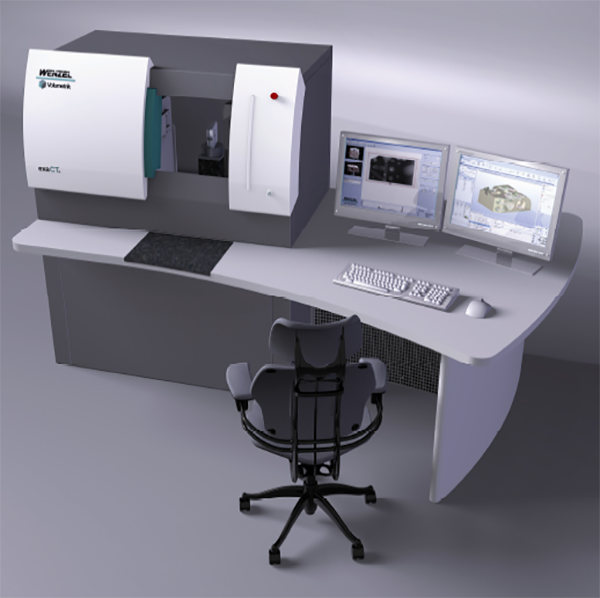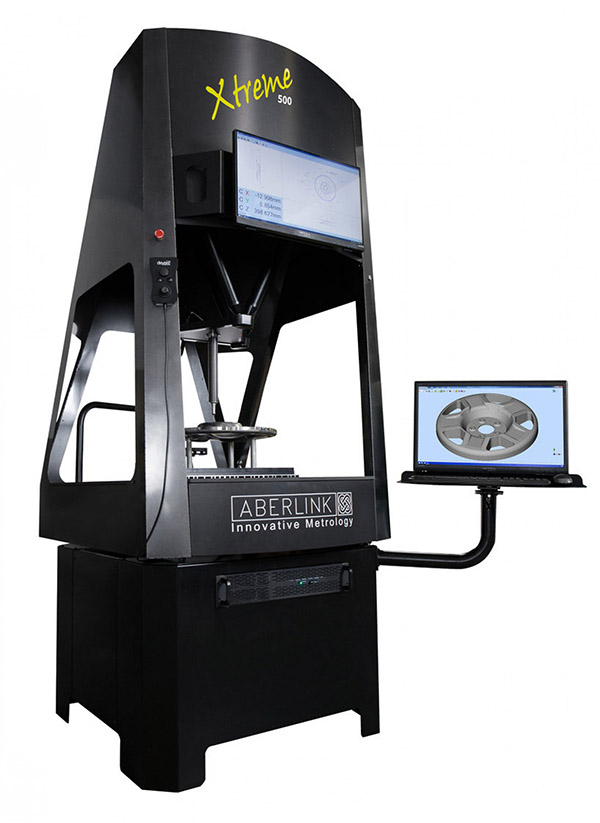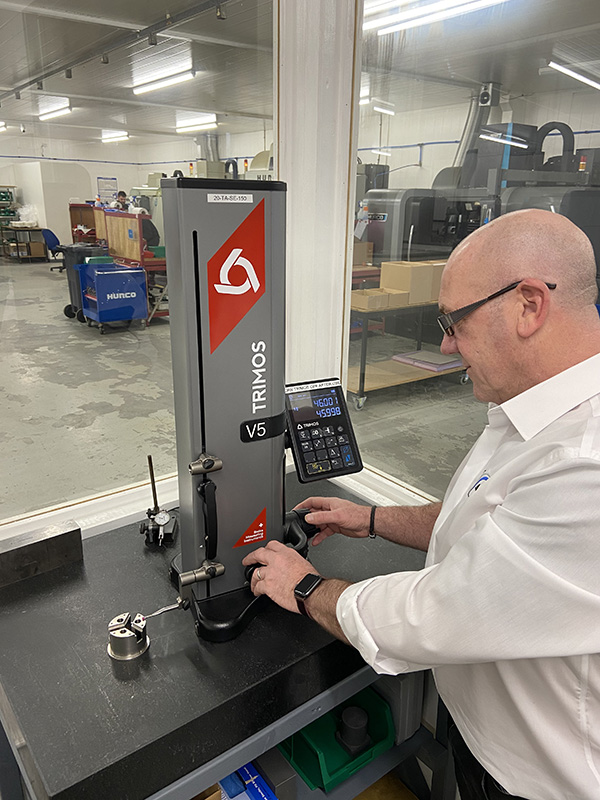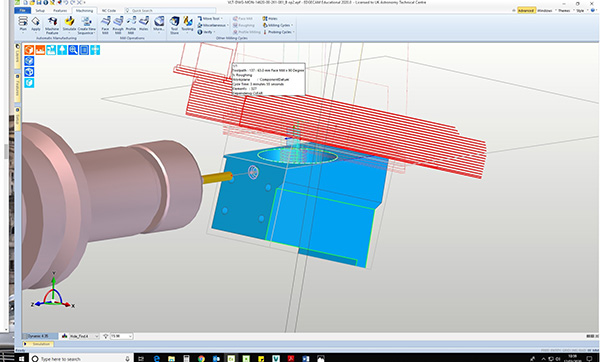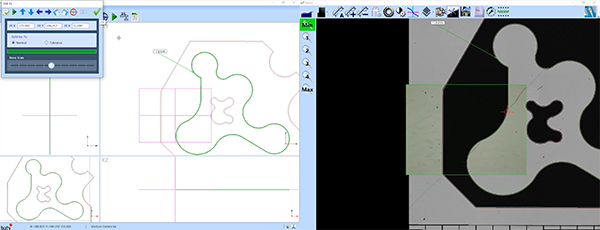Wenzel has released a new CT scanner, the exaCT M, which is designed for measuring and testing small to medium-sized components.

The exaCT M was built around a workstation-concept. Its compact design with well thought-out ergonomics make it possible for this new CT scanner to combine more power and flexibility with less space requirements, says the company. In addition, the machine has an integrated evaluation unit that allows for easy loading and makes it suitable for automating measuring and testing processes.
With a measuring volume of 300 mm in height and 200 mm in diameter, the exaCT is particularly suited to use in the dimensional inspection and non-destructive testing (NDT) of components, assemblies and materials. The machine’s flexibility makes it applicable to a variety of other fields: dimensional control; wall thickness analysis; actual-to-nominal comparisons; tool and component optimisation; development and rapid prototyping; reverse engineering; material defect analysis; structural analyses; assembly tests; and joining technology testing.
Manchester Metrology Ltd is an official reseller of the Wenzel exaCT M. The company is a specialist metrology business offering subcontract engineering work and metrology equipment for hire or purchase. Typical sectors served include automotive, aerospace, power generation and medical.
For further information www.manchester-metrology.co.uk






